How can you improve your drawing skills? Artists, whether beginners or seasoned and experienced, are always looking for a way to perfect their craft.
When it comes to improving your drawing skills, practice does make perfect, or at least it can lead to developing the capabilities needed to achieve the type of artwork you dream of creating.
You may be looking for motivation to go back to drawing regularly, or a new medium asks you to expand your skills at drawing. Perhaps, after a long time doing things in a certain way, you want to explore new forms to trace and shade to create a more mature type of artwork.
The reasons may vary, but they all lead to a single realization: if you want to get better at drawing, you need to start drawing frequently, and you need to start as soon as possible. This is a progressive process, and practice needs to become an enjoyable habit that enriches your creative work on a daily basis.
If you want to uplevel your drawing skills follow these simple steps and download the free “How to get better at drawing” guide:
Want to access more downloadable assets, plus, hours of recorded webinars, live events, interviews, tutorials, and how-to guides? Visit ArtPlacer Academy. Log in to your ArtPlacer account or start your free trial to visit this learning space for artists, curators, and gallerists.

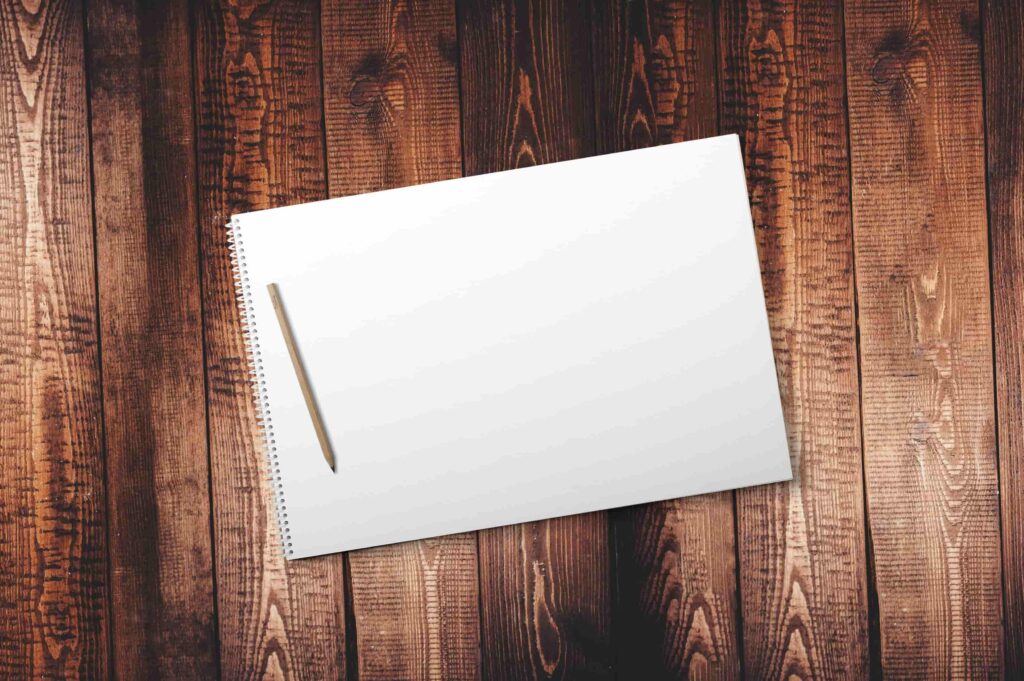
A blank page might seem intimidating but filling it is the first step to improving your drawing skills.
Face the blank page: work with the drawing skills you have
The first thing you need to do to get better at drawing? Lose the fear of the blank page, that sunken feeling that comes once you face a new canvas. Is almost funny to think that a piece of unused paper can create such an adrenaline rush, but if you are a creator, that sheet could represent your hardest audience or the vessel where you pour your fears and insecurities. Maybe even the fear of admitting there are some skills that you need to improve to create the type of work you actually want to do and starting to work on it seems daunting.
This resembles what is known as “writer’s block”, and it has a lot to do with the pressure and expectations artists put upon themselves with the idea of thriving in what they are passionate about. But if you really want to improve your drawing skills, you need to face the fear, silence your inner critic, grab the pencil and draw a line. That’s all you need to do to begin. Just draw.

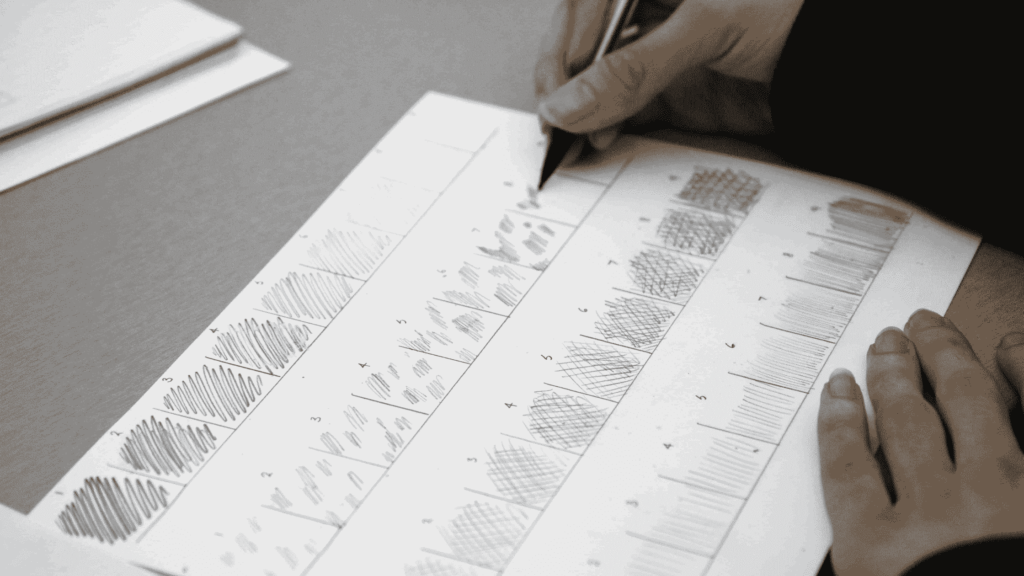
If you want to get better at drawing practice needs to be an integral part of your daily routine.
Train like a champion: make practicing drawing a habit
Think about this: if a person wants to be more physically active they will probably join a gym, try to go on the same days and times to make sure they stay in line, create a routine aligned with their goals, and before even doing their first jumping jack they will do a nice warm-up to get ready to actually train. Believe it or not, getting better at drawing requires a similar preparation.
If you really want to get better at drawing, discipline is a word to have in mind. You need to define the amount of time you are going to invest in practicing your drawing, what are the specific skills you are going to practice: is it perspective? maybe proportion? How does that relate to the work you want to achieve? Have a clear answer before you start. And of course, no training can begin without a good warm-up: before going into the actual practice do a few things to wake up your mind and activate your eye-hand coordination like filling up a full page of straight lines, drawing circles, repeating a pattern, drawing an object without lifting your pencil from the page. Do what you need to get ready for your training session.

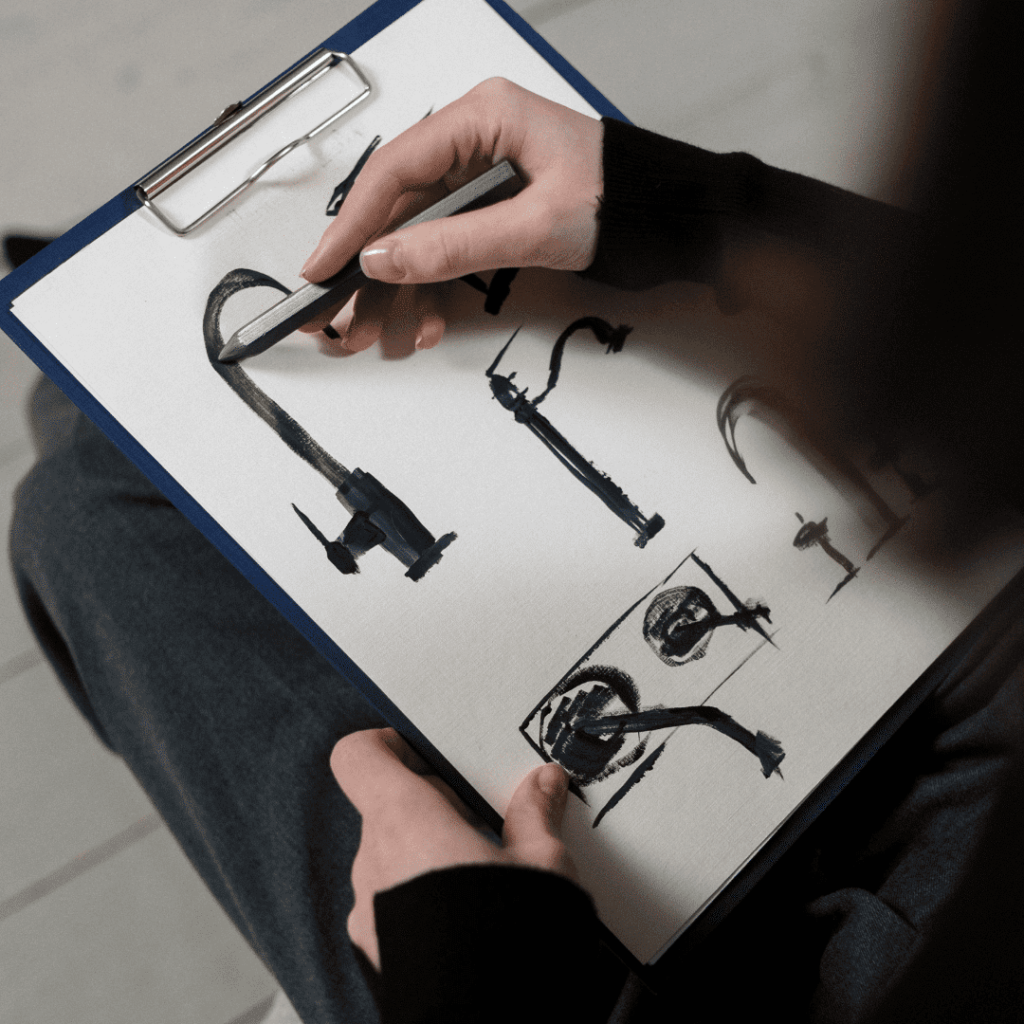
Inspiration for practice is all around you. Start with what you know.
Learn how to draw the world around you
Look around. What captures your attention first? Maybe it is the view from your window, the coffee mug in front of you, or the friendly face of your pet. Anything can be a source of inspiration and a new model to draw. Observation is key to developing your drawing skills, starting with what you are familiar with can help you begin experimenting more with proportions, and shapes, and give yourself the permission to try new things.
Carrying a journal with you at all times is a good way to integrate your practice into your daily life. Whenever you see something interesting, you can start sketching. Plus, having a journal will help you see how your drawing skills evolve in time.

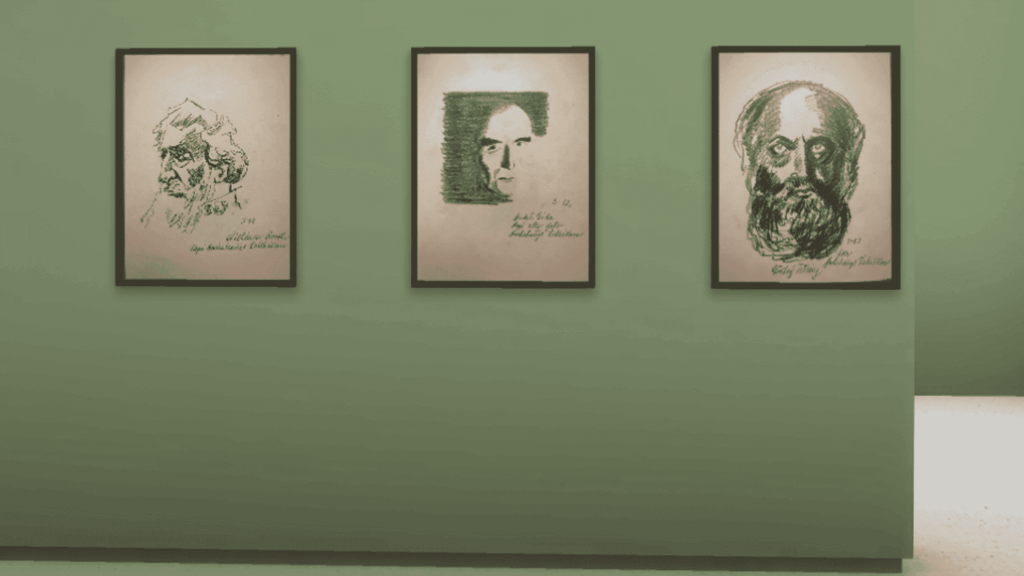
Drawing portraits by N.B.Sørensen.
Get better at drawing shadows, shapes, and perspective
These three factors: shadows, shapes, and perspective, not only enrich your drawings and take them to a professional level but depending on how you approach them they can even become a signature of your style. That’s why it is so important to practice these drawing skills. But how to begin with something that seems simple but is complex to execute? Begin small and start escalating. Follow these steps to polish these drawing skills:
Shadows
Shading provides depth to your drawings. In order to bring it to life on paper, first you need to observe how light and shadow interact. Begin by working with a single light source hitting the object from a defined perspective and work your way up from there. By the way, there are many ways to create “shading” and the basic training exercise of creating patterns can be of help.
Shapes
Practicing drawing shapes is the equivalent of a drawing boot camp but the results are everlasting and can even redefine your work. Shapes are usually one of the first things people learn to draw: a realistic drawing of a hand once started as two squares and a group of semicircles. A good training exercise to master drawing shapes is observing images and determining what are the basic shapes that give them their form. Look for photos online and try to break down the basic shapes that compose the subjects: a face may be an oval, a chest might be a rectangle, etc. Take that as your guide to trace the “skeleton” of the subject and work your way up to the image you want to achieve.
Perspective
The perspective is the angle from where you are seeing (and sketching) an object. Achieving this effect that makes the subject pop out of the page can be tricky but is a sign of a more mature artwork. Where to begin improving your perspective when drawing? Create a grid with guide points that will help you locate the object in the space and capture it according to the angle where you are placing it.

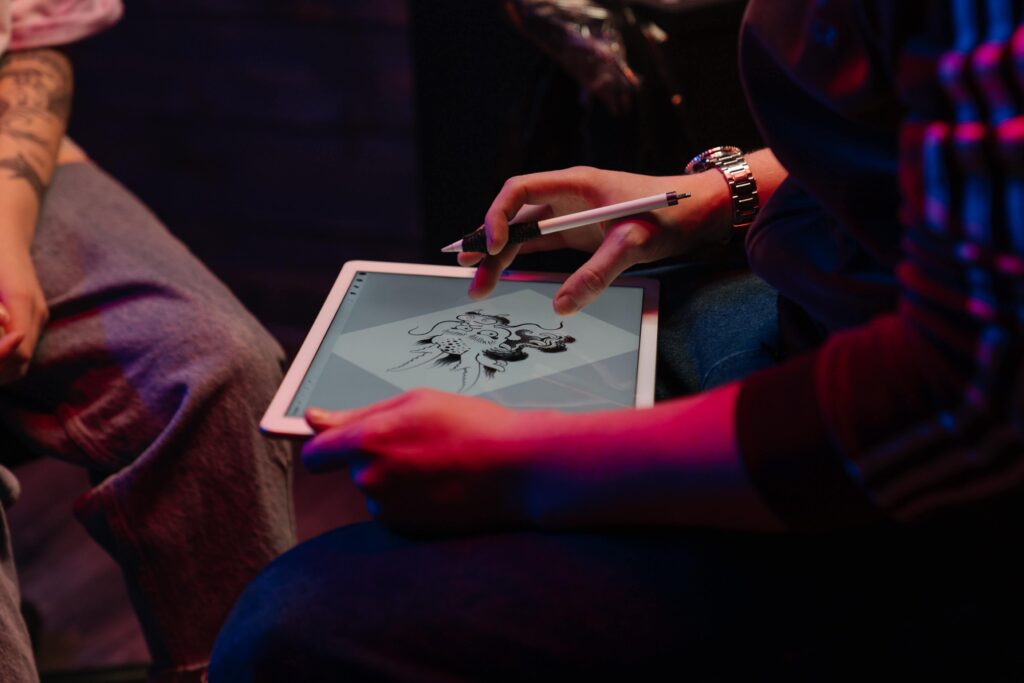
A traditional canvas, watercolors, even the most innovative digital tools, switch up your medium to practice new skills.
Learn to draw in a different medium
Switching things up might be the push you need to take your drawing skills to a new level. Think about this: if you have practiced for years how to shade with a carbon pencil, and that’s your preferred medium, how would you do it with watercolors? Or if you have always drawn on a digital pad, what would happen if you limit yourself to work with a physical notebook?
When faced with these “limitations” your brain will find a creative way to solve the challenge and in doing so, you can develop a new skill. Maybe that medium won’t be your preferred one for life, but you can learn something from it that you can apply to your overall work, even if it is gaining the confidence of being able to express yourself in another form.

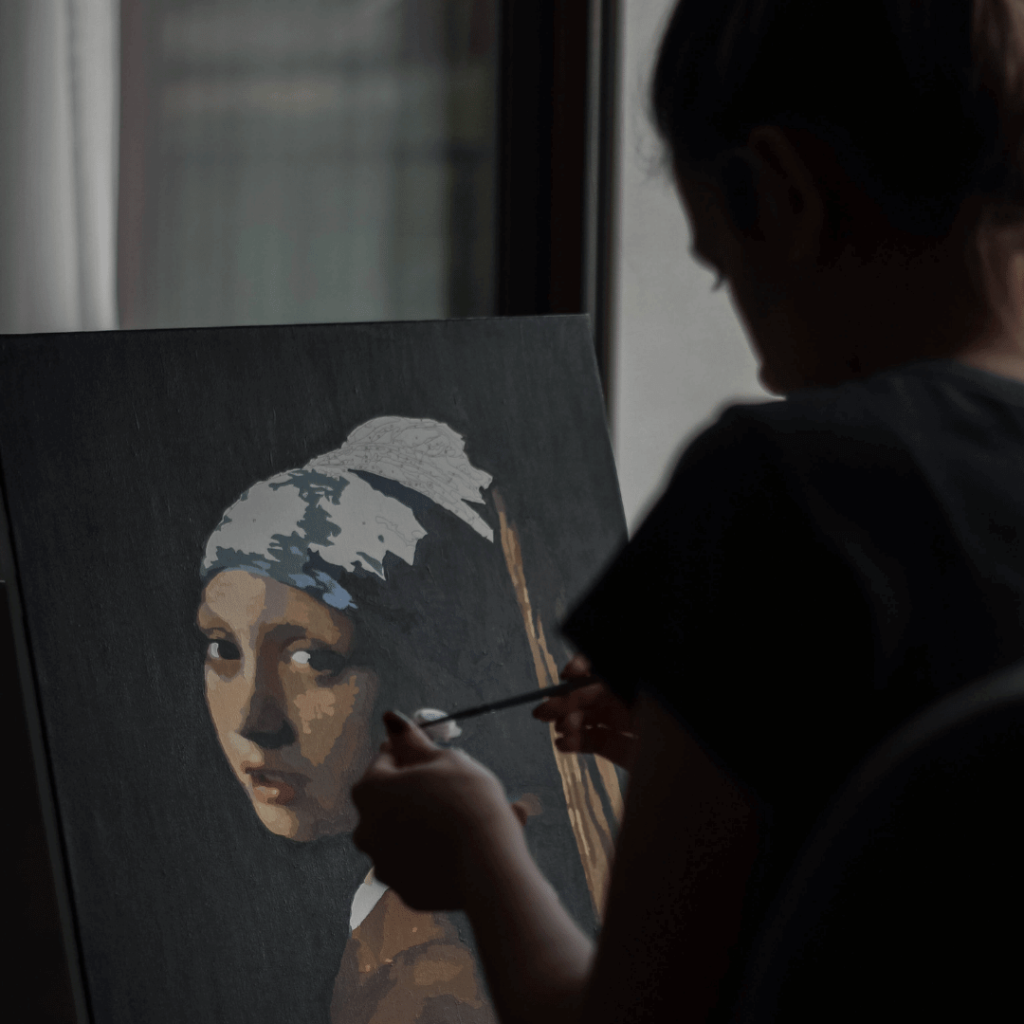
Drawing a replica is not about copying, is about discovering how to approach the techniques that we admire in other artists.
Improve your drawing skills: follow the steps of great artists
Of course, you have your own unique point of view and particular style that makes you, well, you. Unique and irreplicable. But all artists have someone they look up to, a mentor, a contemporary artist you identify with, or maybe the great classics whose names have become a part of what we define as art.
Practicing replicating a particular work of art you like or that has some characteristic you wish to achieve in the future is a good way to learn how to do it. Think of it as a reverse engineering practice. You are trying to figure out step by step how the artist achieved certain things on the canvas and learning how to do it (in your own way) in the process, a skill you can later apply with your full originality to your own work.

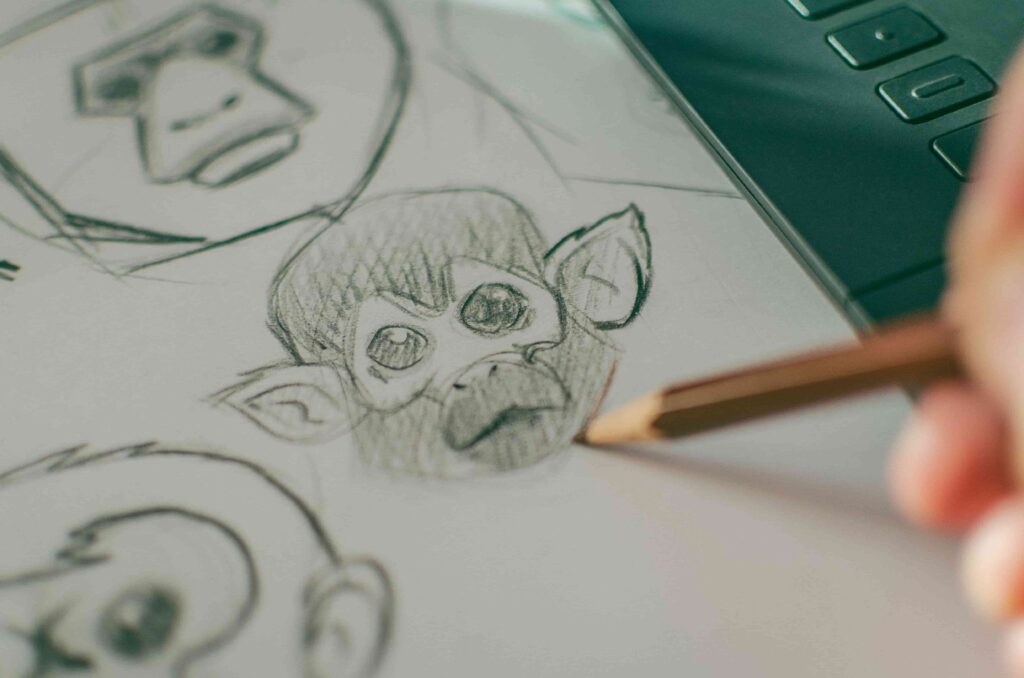
Once you were the kid in the back of the class filling your notebook with doodles: reconnect with that child.
Back to the start: remember why you want to get better at drawing
Many paths can lead to being an artist and wanting to improve your drawing skills. Whether you are starting your career or launching a new chapter of it, mastering a new set of abilities might come with a bit of stress if you focus on immediate results.
To drop the heavyweight of expectations and let yourself flow with the process and the things you discover along the way, reconnect with what started it all: you like drawing! This should be a fun and enjoyable process, a thing you almost can’t stop doing because it makes you feel fulfilled. Pablo Picasso famously said: “every child is an artist, the problem is how to remain an artist once we grow up”.
Maybe you need to reconnect with the joy of drawing for the sake of doing something that makes you feel good, and then “the hard work” will feel more like the “me time” you take to open space in your life for your passion.

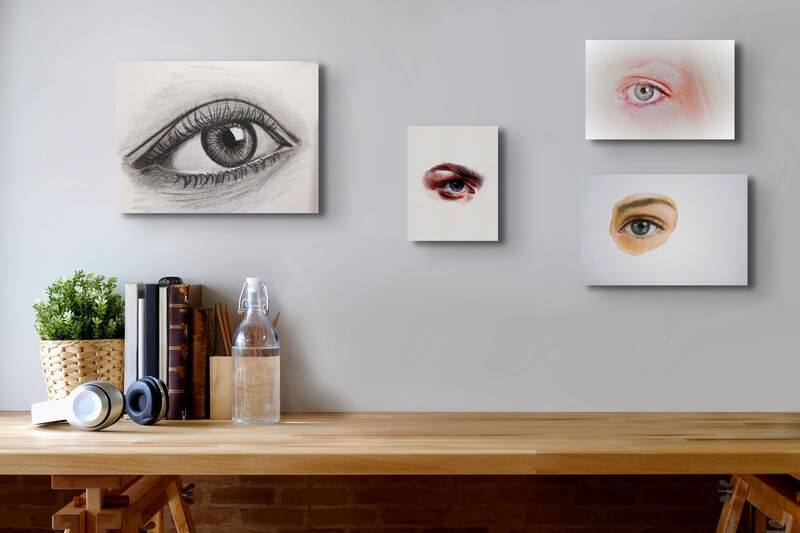
Show your advances: be proud of what you accomplish in every step of the process.
Celebrate how you have improved your drawing skills
After working so hard in getting better at drawing you deserve a reward. Exhibiting your art or putting it up for sale can take a bit of time, so once you have made some advances in your practice there are a few things you can do to celebrate your achievements:
-Create a 3D virtual gallery showing the evolution of a specific piece, from the first at achieving its perspective, to sketches and the final result. This can help you start a conversation about the creative process behind your work, a subject that can attract like-minded people like colleagues, gallerists, and yes, even customers.
-Prolific creators like Lin-Manuel Miranda and Gay Talese say you shouldn’t discard any ideas, but keeping all your sketches in hiding won’t be of help when you are trying to spark that creative lightbulb again. A simple solution is creating a digital room mockup where all your sketches for a certain idea or subject can be grouped in a way that also allows you to see how they would look at scale in a real space. Sign up to ArtPlacer’s free trial and start with this creative practice.
-Look at where you started: have you ever heard of people that frame their first paycheck? Well, this is something similar, remembering where you started is not only a humbling act, it is also a reminder that you are able to achieve whatever you put your mind to. You can decide to frame one of your first sketches, and before you invest in framing, you can run a trial of how the piece will look in your space with ArtPlacer’s Augmented reality technology, which is available for free (with other helpful features) on the ArtPlacer’s Mobile App. Just download the app, upload your artwork and see how it will look on your walls as a reminder of what you are able to achieve.
What other creative ideas or uses would you give these tools to celebrate or share your advances?
Frequently asked questions: how can I improve my drawings and drawing skills
These are some common questions artists tend to have when they start working on their drawing skills.
How to establish a daily drawing practice?
Besides having a plan about which skills you want to work on in particular, a good way to make a habit out of practicing drawing is to define a daily schedule for it. Set a time and space for your art practice. Another good way is to carry a pad or a journal with you at all times.
How to get inspiration to practice your drawing skills?
To spark your inspiration and go back to the blank page with a need for creation, go back to the things you love, where you find beauty and what marvels your eyes. For example, go back to artists that have inspired you, watch a movie you like and draw a quote, or listen to your favorite album and try to recreate an image based on the lyrics. Look at images online and draw from them.
How to refine your motor skills when drawing?
Lines, lines, and more lines. If you want to improve the motor skills that give your hands the range of motion and control needed to achieve a more professional work when drawing or the specific aesthetic you want to achieve, line work is essential.
Make sure to integrate into your daily drawing practice this exercise: fill in a full sheet of your pad with horizontal, vertical, and diagonal lines. And then move to a full page of basic shapes like circles, triangles, squares, and rectangles.
How to improve your drawing by focusing on the skills you struggle with?
Every artist has their own journey, maybe you have a clear understanding of how to capture light and shadow in a drawing but your lines need some work. In order to get better at drawing you to break free from the trap of perfectionism.
Take a look at your work or past drawings and list the things you would like to improve, and put them at the center of your practice. Remember, everything, every step, is an improvement towards your goal: being better at drawing than you were yesterday.
How to use a wooden art doll or art mannequin to improve your drawing skills?
A full-body wooden doll or art mannequin is a great addition to your artist’s tool kit, especially if you are looking to work or improve your drawing skills. Your mannequin acts as your own model that you can study for hours and it will help you easily understand that even the most complex form is made out of the basics you have been practicing.
An art mannequin will also help how capture the elements of lighting when you draw, like how shadows are cast or which surfaces tend to reflect light.
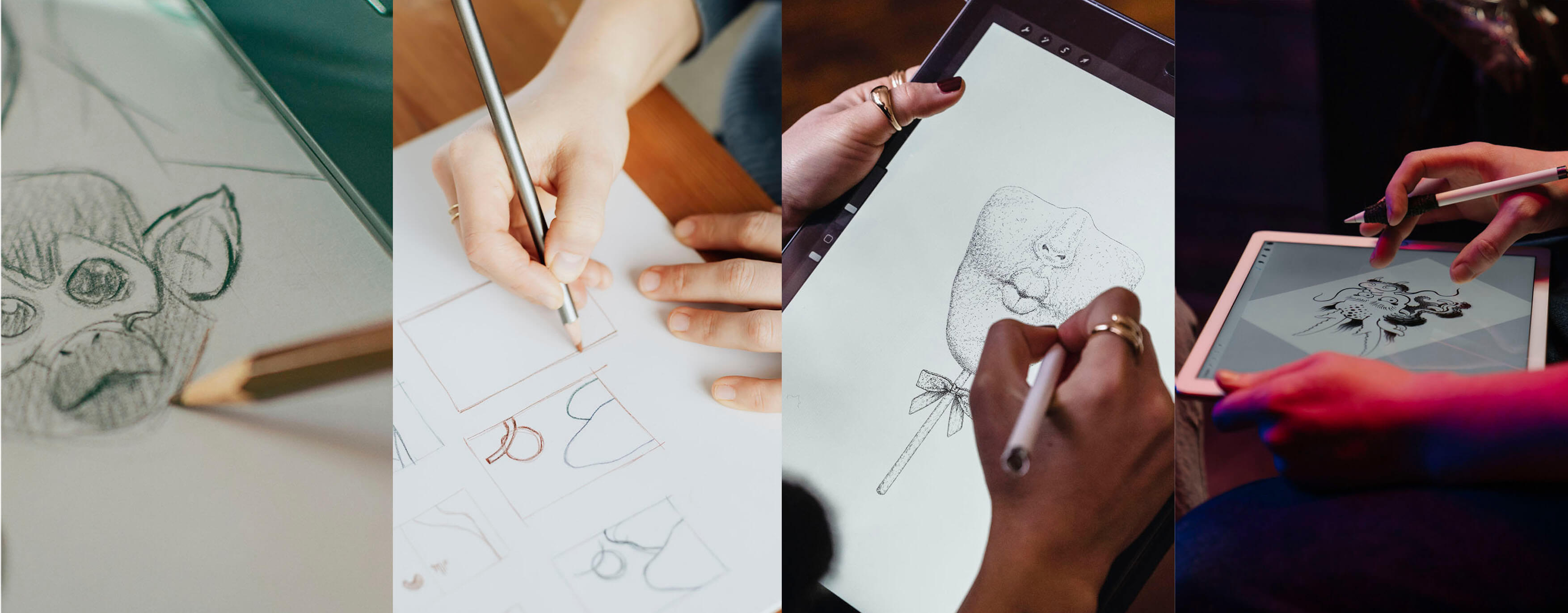

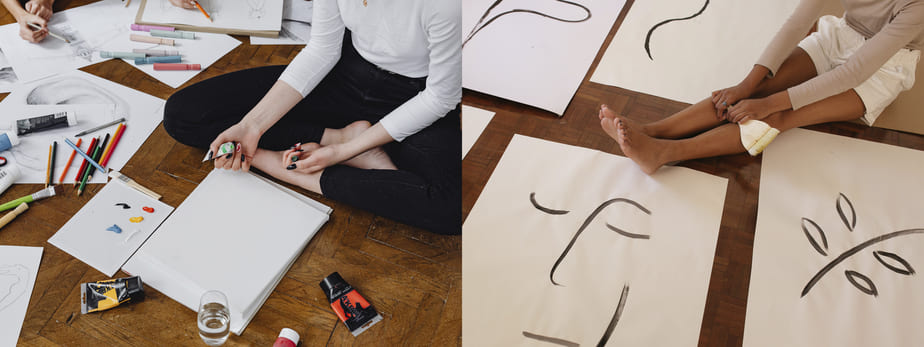
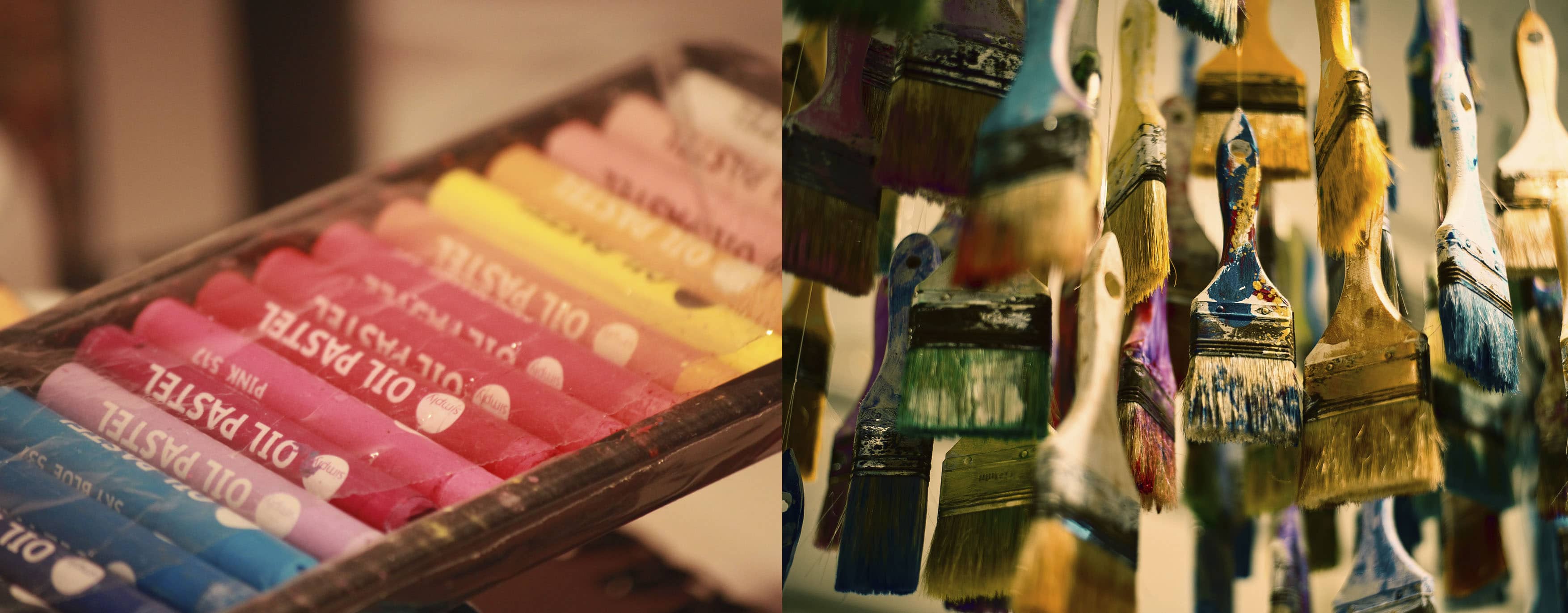
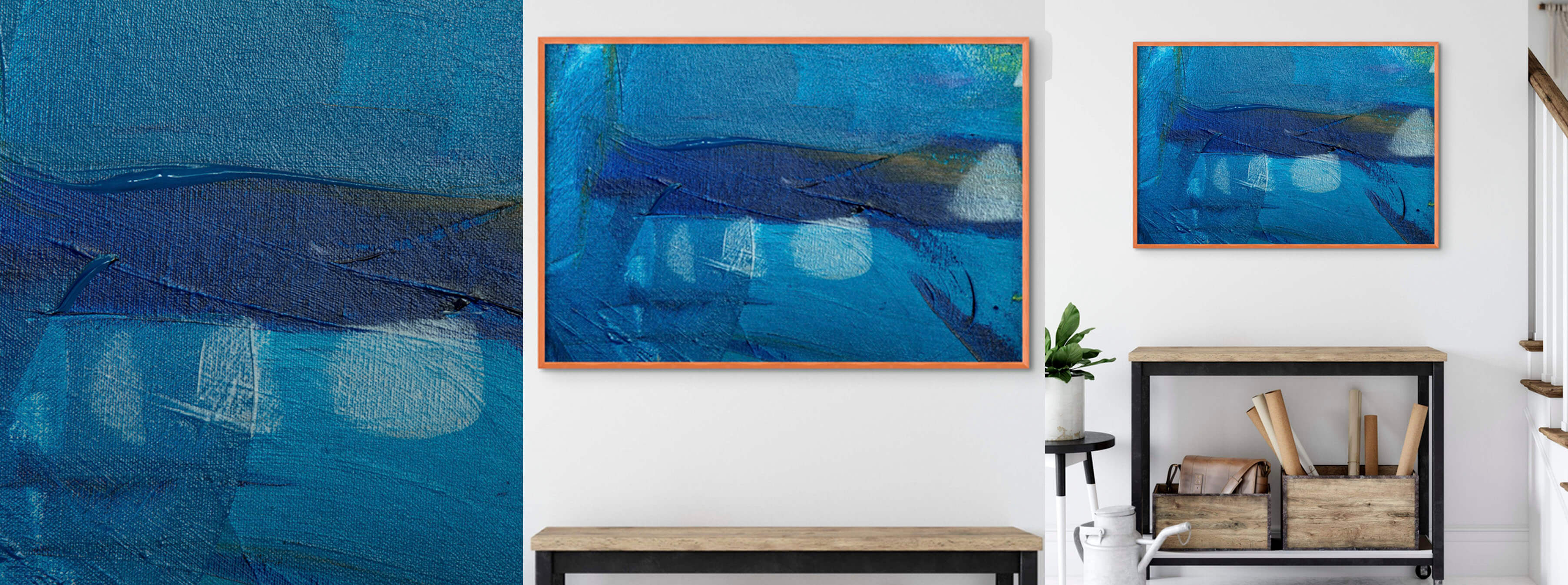
The section on shadows and perspective really resonated with me! I’ve been struggling with making my drawings look more three-dimensional, and understanding how light and shadows work together is definitely something I need to practice more. THANK YOU!